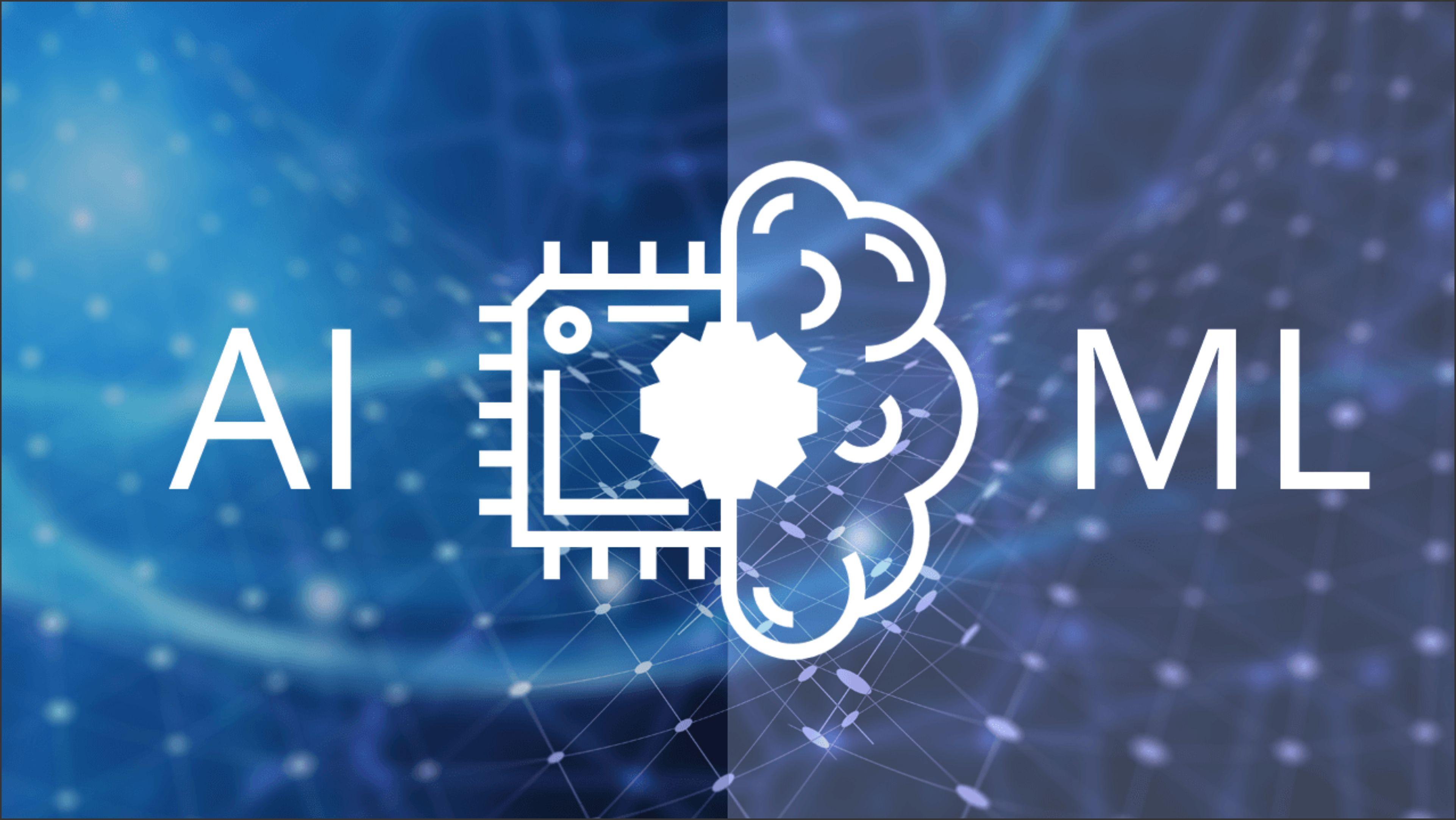News
Read the Montek Today
Explore the news article about technology,
Digital Marketing and global staffing.
The Future of Technology Best Suits for AI and ML in the Next Three Years

As artificial intelligence (AI) and machine learning (ML) continue to revolutionize industries, the next three years promise significant advancements and integrations across various technologies. With rapid developments and increasing adoption, several technologies are poised to complement and enhance the capabilities of AI and ML. Here’s a look at the technologies that will best suit AI and ML in the coming years:
1. Edge Computing
As AI and ML models require vast amounts of data for training and inference, edge computing is becoming increasingly relevant. By processing data closer to the source—such as IoT devices—edge computing reduces latency, conserves bandwidth, and enhances real-time decision-making. In the next three years, expect significant growth in edge computing applications, particularly in sectors like healthcare, manufacturing, and autonomous vehicles, where rapid data processing is crucial.
2. 5G Technology
The rollout of 5G technology will further empower AI and ML applications. With significantly faster data transfer speeds and reduced latency, 5G will enable more devices to connect and communicate seamlessly. This connectivity will facilitate real-time analytics, enhancing AI's ability to process and act on data instantaneously. Industries such as smart cities, autonomous driving, and augmented reality will particularly benefit from the synergy between 5G and AI/ML technologies.
3. Natural Language Processing (NLP)
As businesses increasingly rely on customer interaction, the demand for advanced Natural Language Processing (NLP) solutions is on the rise. In the next three years, we can expect NLP technologies to become more sophisticated, allowing for better understanding and generation of human language. AI-powered chatbots, virtual assistants, and sentiment analysis tools will continue to evolve, making customer service and user experiences more intuitive and efficient.
4. Cloud Computing
Cloud computing will remain an essential pillar for AI and ML development. As organizations increasingly adopt AI solutions, the demand for scalable and flexible cloud services will surge. Major cloud providers are enhancing their offerings with integrated AI and ML tools, enabling businesses to deploy models quickly and efficiently. The next three years will see a rise in cloud-based AI platforms that simplify the model-building process and make AI accessible to a broader audience.
5. Robotic Process Automation (RPA)
RPA, combined with AI and ML, is set to transform business processes by automating repetitive tasks and decision-making processes. In the coming years, organizations will increasingly adopt RPA tools enhanced with AI capabilities, enabling them to analyze data and make intelligent decisions autonomously. This integration will improve operational efficiency and reduce human error, allowing employees to focus on more strategic tasks.
6. Quantum Computing
While still in its early stages, quantum computing holds the potential to revolutionize AI and ML by processing vast amounts of data at unprecedented speeds. In the next three years, advancements in quantum computing will pave the way for breakthroughs in complex problem-solving and optimization tasks. Industries such as pharmaceuticals, finance, and logistics can expect to leverage quantum computing to enhance their AI and ML applications significantly.
7. Computer Vision
The field of computer vision is experiencing rapid advancements, driven by AI and ML algorithms that can analyze and interpret visual data. In the next three years, computer vision technology will become increasingly integrated into various applications, including surveillance, autonomous vehicles, healthcare imaging, and augmented reality. Enhanced computer vision capabilities will allow businesses to automate visual inspections, improve safety protocols, and provide more personalized user experiences.
Solution
As we look ahead to the next three years, the convergence of AI and ML with these complementary technologies will reshape industries and drive innovation. From edge computing and 5G to quantum computing and computer vision, businesses must stay ahead of the curve to harness the full potential of AI and ML. Organizations that embrace these technologies will not only improve operational efficiency but also enhance customer experiences, positioning themselves as leaders in the ever-evolving digital landscape.
The future is bright for AI and ML, and the technologies that support them will play a crucial role in shaping how we interact with and leverage intelligent systems in our everyday lives.


Date : 2024-10-28 | By : Shesha Mohanty | Category: AI-ML